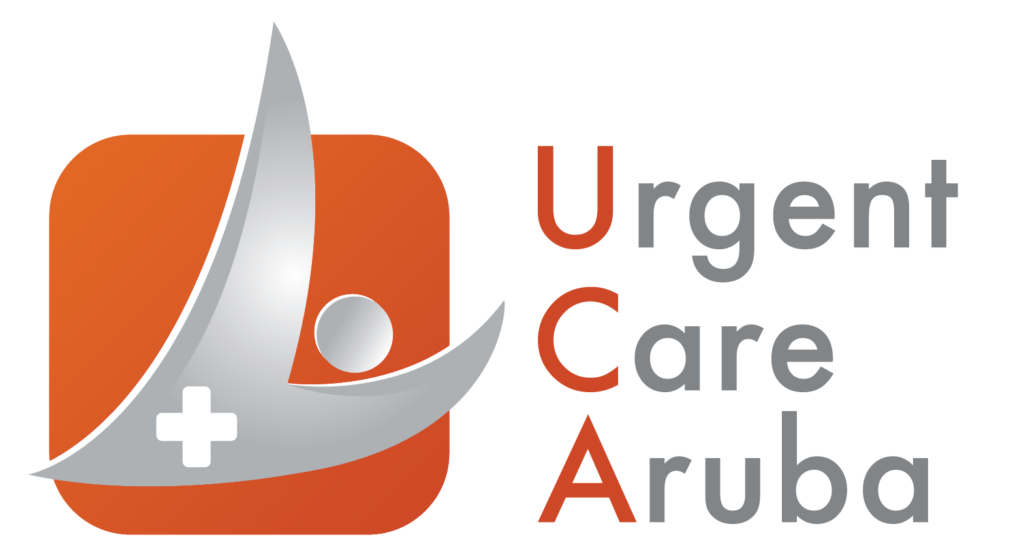
Offering quality medical services for non-life-threatening conditions.
Injuries and illnesses are unpredictable and inconvenient. That’s why there’s UCA
We’re open throughout the week with extended hours to provide same-day treatment, including weekends, evenings and holidays.
Our Locations
Punta Brabo Medical Center
Caya Punta Brabo 11A
Noord Medical Center
Noord 63
For direct assistance, Whatsapp: +297 5975549
Concierge Physician
(Domicile/ Hotel)
+297 5665405
Monday to Thursday: 8 AM – 8 PM
Friday: 8 AM – 5 PM
Saturday: 8 AM – 4 PM
Sunday: 10 AM – 2 PM